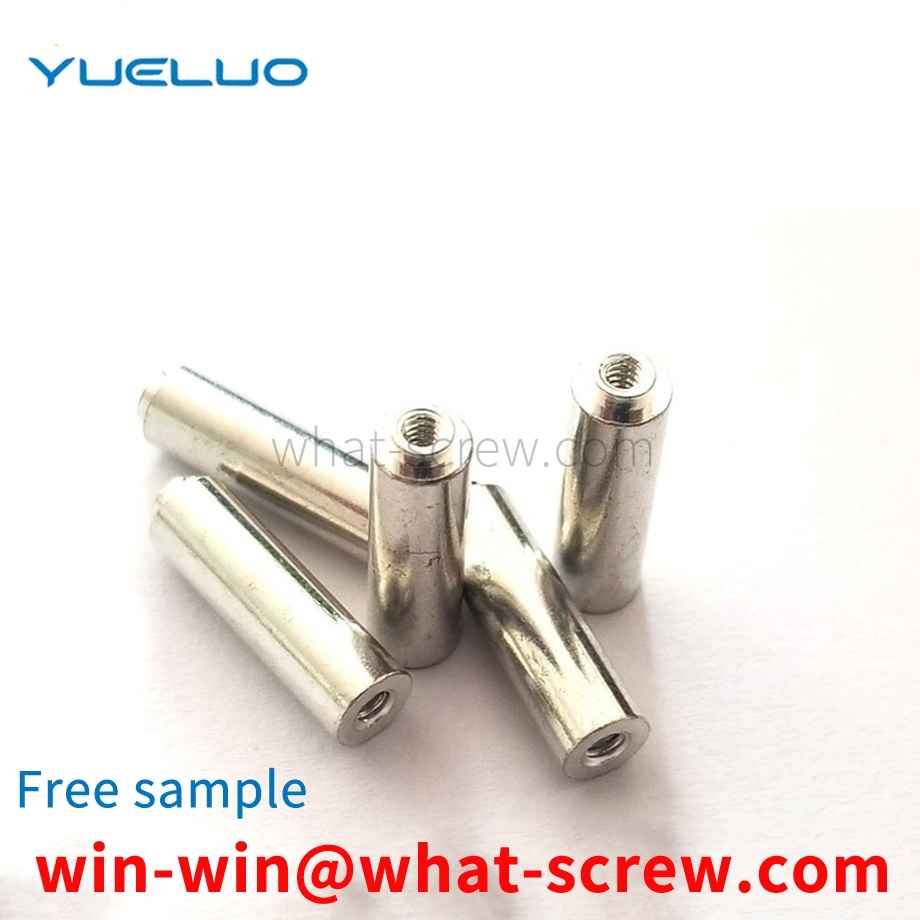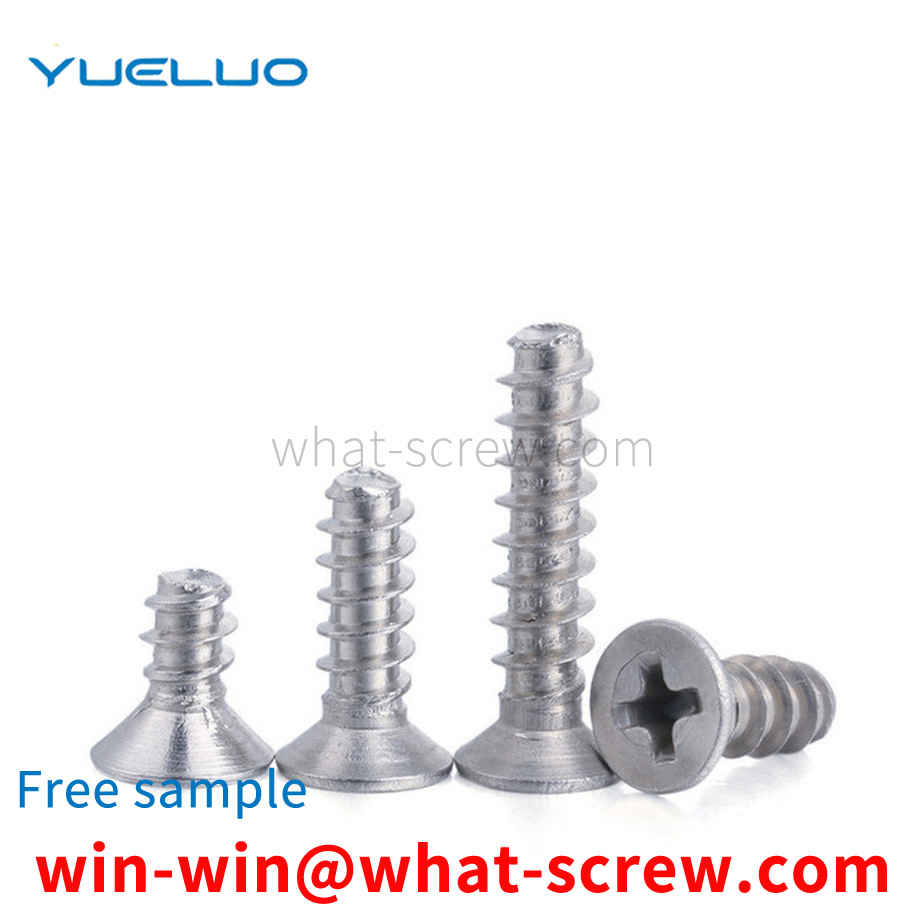There is a standard for the outer hexagon bolt standard, which is a grade standard, which is divided into grade 4.8 and grade 8.8. These two levels are used a lot in the market. Especially grade 4.8 hex head bolts. Because it is much cheaper than 8.8 hex bolts. Of course it is more widely used. But for demanding products. Because of its high requirements in various aspects such as hardness. This requires the use of 8.8 hex bolts. Grade 8.8 hex bolts are harder in terms of hardness and screw torque. It is safer to use the product. Tighter and more stable.
Blind rivets are a type of rivets for single-sided riveting, but they must be riveted with a special tool - a rivet gun (manual, electric, pneumatic). This type of rivet is especially suitable for riveting occasions where it is inconvenient to use ordinary rivets (which must be riveted from both sides), so it is widely used in construction, automobiles, ships, aircraft, machinery, electrical appliances, furniture and other products. Among them, the open type oblate head blind rivets are the most widely used, the countersunk head blind rivets are suitable for riveting occasions that require smooth performance, and the closed blind rivets are suitable for riveting occasions that require higher load and certain sealing performance.
Hexagon nuts are usually used in conjunction with bolts and screws to connect and fasten parts. In daily life, ordinary hexagon nuts are sometimes welded to metal plates for use. In the process of welding hexagon nuts to metal plates In order to ensure that the center line of the inner thread of the hexagonal nut is perpendicular to the metal plate, it is necessary to press the end face of the hexagonal nut on the metal plate before welding. Part of the melt is melted. Since the weld is close to the inner thread of the hexagonal nut, the inner thread is often deformed, which affects the fit of the hexagonal nut and the bolt.
As the preferred embodiment of the above-mentioned embodiment, the motor 41 is provided with a thruster 46 that moves the cutting wheel 42 toward the conveying device 3. When the screw needs to be slotted, the thruster 46 generates a thrust toward the screw, and the motor 41 generates a thrust in the direction of the screw. Under the action, the groove is moved along the track 47 toward the screw. The other end of the motor 41 is provided with a bearing 45, and the output end of the motor is provided with a special-shaped wheel 44. The special-shaped wheel 44 is geared to the bearing 45. The wheel 42 is close to or away from the conveying device 3. When the grooving is completed, the special-shaped wheel 44 rotates and drives the bearing 45 to generate the opposite force from the above-mentioned thrust, so that the motor 41 moves back to the initial position along the track 48.
Countersunk head screw, also called countersunk head screw, also known as flat machine screw, is a kind of construction part. The head is a 90-degree cone, similar to common wood screws. The head has tool tightening grooves, such as a zigzag, cross, inner hexagon, plum blossom, pentagon, etc. Screws are all connectors used to connect two objects. Generally, the head of the screw will protrude above the surface of the object to be connected, so that the surface will lose its smoothness. Countersunk head screws can be sunk under the surface to make the surface flat. For hard objects, countersunk holes need to be drilled in the corresponding positions of the countersunk head. In short, the countersunk head is the head of the screw that can keep the surface flat after installation.
We have many years of experience in the production and sales of screws, nuts, flat washers, etc. The main products are: single-head nylon studs, injection-molded knurled copper nuts, countersunk head machine screws, decorative rivets and other products, we can provide you with products suitable for you fastener solutions.



















 Service Hotline
Service Hotline




